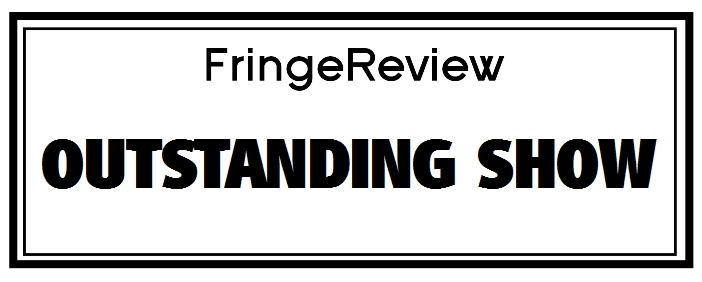FringeReview UK 2019
Braimah Kanneh-Mason and Konya Kanneh-Mason
Braimah Kanneh-Mason and Konya Kanneh-Mason

Genre: Live Music, Music
Venue: St Nicholas Church, Dyke Road, Brighton
Festival: FringeReview UK
Low Down
Braimah Kanneh-Mason and Konya Kanneh-Mason gave a violin and piano recital of Elgar’s Violin Sonata followed by the Tchaikowsky Meditation from Souvenir d’un lieu cher, Kreisler Liebeslied, and Dvorak Humoresque.
Review
There was great expectation from two members of this outstandingly gifted family of seven musicians. Cellist Sheku Kanneh-Mason’s the first to emerge. Here’s two more.
Violinist Braimah Kanneh-Mason and Pianist Konya Kanneh-Mason gave a memorable Brighton debut recital around Elgar’s late Violin Sonata in E minor Op 82, from 1918, first of his three chamber works predating his valedictory Cello Concerto (bar the recently-completed Symphony No. 3 and a brass and orchestral suite each).
The two players clearly recognize acoustics in a way that’s more mature than many older people who play in churches. Without fining down their sonorities in any way they matched their volume with the church’s acoustics. Braimah’s line was notably clean, detailed and yet got to the heart of Elgar’s autumnal lyricism, that mixture of wistfulness and throbbing passion alternating frantically throughout this work.
Konya’s playing was lyrical too with a clean delivery and a quicksilver ability to fine and up and down sonorities when her brother was playing, or to match him when certain forte moments demanded it. But make no mistake, they both possess enormous reserves of lyrical force.
The first movement with tis abrupt opening was taken at a good clip, but not frantically so. Braimah can inject lyricism into the most attenuated parts of the E string, which particularly helps the outer movements with their quixotic switchbacks and sudden heart-stopping pauses and highwire wistfulness, almost unique to Elgar though Debussy’s valedictory Violin Sonata of a year earlier catches something of the same attenuated farewell.
Konya’s way with counterpointed melody on the piano here shows a super-fine touch, acutely responsive to the sonance and tonal push of Braimah’s violin.
The slow movement notably expanded, but again the delicacy here from both players is crystalline. The delightful wrong-footing interplay, a kind of reminiscent interlude of long ago, seems almost childlike in its hide-and-seek refrain quality. Interplay was pin-drop acute before it moved into the more passionate middle section, like a leave-taking from a love-affair – we now know Elgar had one in 1906-07. Elgar’s command of the violin came not only from his innate knowledge but his marriage of French late romanticism with certain German fingerprints. There’s a breathtaking tailing-off too.
The finale can be played out and Braimah happily didn’t hold back on the rapid changes and overwhelming valedictory power of this movement. Yet he managed never to blast it into this swimmy acoustic – and quite a few violinists have.
The scurrying elements are never scrappy, the perorations rising in a kind of spiral as we return to the opening soaring theme of the finale and keep slowing, expanding and then the DNA winds it up again. The movement almost stops for a few moments, and the duo here know how to make the most ravishing space around it. It’s not easy maintaining the pulse here either. The challenge of the coda, louder but not to loud is naturally brought off.
The Tchaikowsky Meditation from Souvenir d’un lieu cher is something well in Braimah’s repertoire. Again the control of line, th gradation of sonority to the acoustics of the church were remarkable Particularly fine is his ability to play softy at the highest registers.
The Kreisler Liebeslied is a piece you’d guess rightly from the foregoing that plays perfectly within Braimah’s mix of warm tone yet delicate never over-played line. The Dvorak Humoresque wears a more bucolic rougher hessian yet Braimah makes this folk-inflected not folksy. Konya in all these plays again with an integrative approach t meshing with the violin. Her own plate’s crisp and lightly incisive – supportive, assertive where strictly necessary, but never inaudible either.
Well it hardly needs adding the whole family’s rightly going to stardom. Here’s two of the seven.


















































